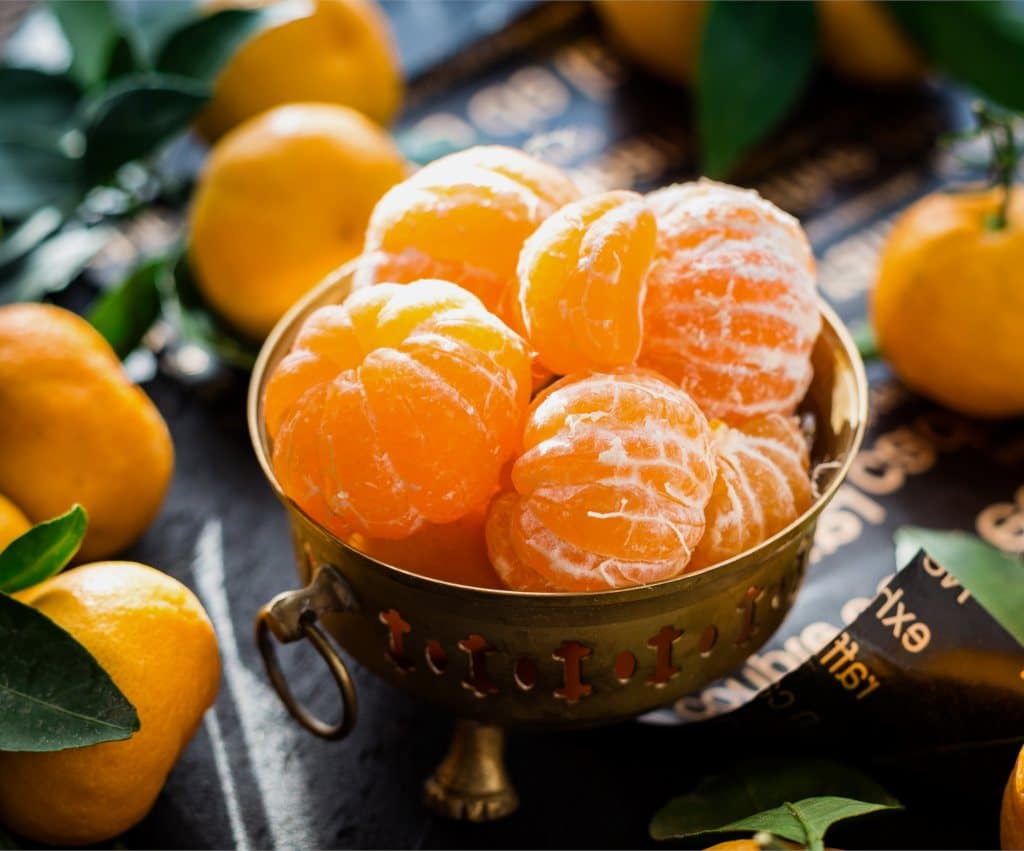

In descending order of effectiveness as pollinators in Morocco, Chapot (1963) lists the sour or bitter orange, the Mediterranean, Dancy, and Wilking mandarins, the lemon, and the sweet oranges, including Valencia. Moreover, it has been noted that shedding is correlated with the seed content of the fruit.the bearing behavior.can be regularized by cross-pollination.

Such regions also favor production of fruit of maximum size and best eating quality.With reference to sensitivity of seedless fruits, however, the almost universal experience has been one of uncertain and irregular bearing behavior because of excessive shedding of younf fruits during the fruit-setting period and a few weeks thereafter. In regions of high total heat, the Clementine matures very early - only slightly later than the satsuma mandarins. "Climatically, the distinctive features of the Clementine variety are its low total heat requirements for fruit maturity and the sensitivity of the seedless fruit to infavorable conditions during the flowering and fruit-setting period. Saunt (2000) has concise descriptions of the most important of these selections. More recently, many other selections with distinctive characteristics have been made in Spain, Morocco, Corsica, and other Mediterranean basin countries. The 'Clementine' is the original selection.

Fawcett's 1914 imports came in as budwood.ħ/2007, RRK: The clementines consistute a distinctive type of mandarin widely grown in the Mediterranean basin. Since Clementine is monoembryonic, it must have been imported as budwood therefore it follows that probably all of Dr. The similarities between these two types were also noted by Trabut (1926) but "apparently escaped the notice of Tanaka (1954), the species designation clementina." (Hodgson, 1967).ġ986, EMN: Monoembryonic. Chapot (1963) "has refuted it with convinving evidence" (Hodgson, 1967), concluding that 'Clementine' is indistinguishable from and probably identical to 'Canton' mandarin. However, this was disputed by Webber (1943) and Tanaka (1954). Trabut (1902a, 1902b, 1926) concluded that the seed parent was the common 'Mediterranean' mandarin ( C. Trabut noticed the plant, selected it, and suggested the name 'Clementine' after Brother Clement (Chapot, 1963). Fawcett's #134, Florida collection, 1914.ħ/2007, RRK: 'Clementine' originated as a chance mandarin seedling in the gardens of an orphanage and so its parentage is not definitively known.


 0 kommentar(er)
0 kommentar(er)
